Bipolar disorder and its symptoms and prevalence in America
Bipolar disorder, also known as manic-depressive illness, is a mental disorder characterized by periods of elevated or irritable mood, energy, and activity levels (mania or hypomania) alternated with periods of depression. The symptoms of mania or hypomania can include increased energy, decreased need for sleep, grandiose thinking, racing thoughts, and impulsive or reckless behavior. The symptoms of depression can include feelings of sadness, hopelessness, and loss of interest in activities.
The prevalence of bipolar disorder in the United States is estimated to be around 2.6% of the adult population. It is more common in women than men and typically develops in late adolescence or early adulthood. Bipolar disorder is a serious condition that can have a significant impact on a person's life, but it is also treatable with a combination of medication, therapy, and lifestyle changes.
Family history is a known risk factor for bipolar disorder. Having a first-degree relative (such as a parent or sibling) with the disorder increases the likelihood of developing the condition. Studies have estimated that the risk of developing bipolar disorder is around 10-20% higher in individuals with a first-degree relative with the disorder, compared to those without a family history of the disorder.
However, it's important to note that having a family history of bipolar disorder does not necessarily mean that an individual will develop the disorder. Many other factors, such as environmental and lifestyle factors, also play a role in the development of the disorder.
It's also worth noting that bipolar disorder is a complex disorder and the risk of developing it is likely to be influenced by multiple genes, not just one or two genes, which makes it difficult to predict who will develop the disorder.
In general, the prevalence of bipolar disorder is about 2-3% of the general population, but it can vary depending on the population studied, and the criteria used to diagnose the disorder.
ipolar disorder is characterized by episodes of elevated or irritable mood, energy, and activity levels (mania or hypomania) alternated with episodes of depression. The symptoms of mania or hypomania can include:
Elevated or irritable mood
Increased energy and activity levels
Decreased need for sleep
Grandiose thinking (exaggerated beliefs in one's own abilities)
Racing thoughts
Impulsive or reckless behavior
Difficulty concentrating
Increased talkativeness
Distractibility
The symptoms of depression can include:
Persistent feelings of sadness or hopelessness
Loss of interest in activities
Difficulty concentrating
Changes in appetite and sleep patterns
Fatigue
Feelings of guilt or worthlessness
Thoughts of suicide
It's worth noting that bipolar disorder is a complex disorder, and the symptoms of mania and depression can vary in their severity, frequency, and duration. Some people may experience very severe episodes of mania or depression, while others may experience milder symptoms. Also, the symptoms can occur in different pattern, some individuals may experience manic episode frequently and others may experience depression more frequent. Bipolar disorder is a treatable condition with a combination of medications, therapy, and lifestyle changes.


